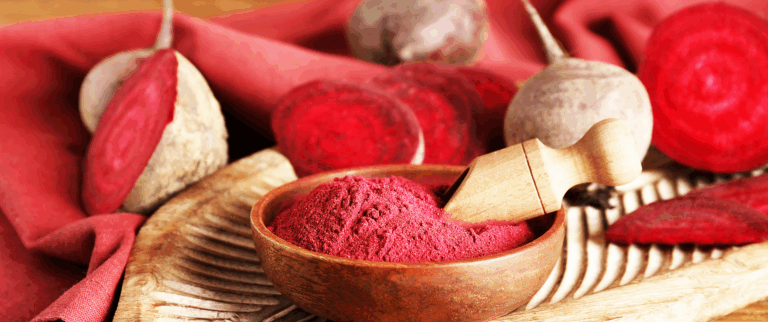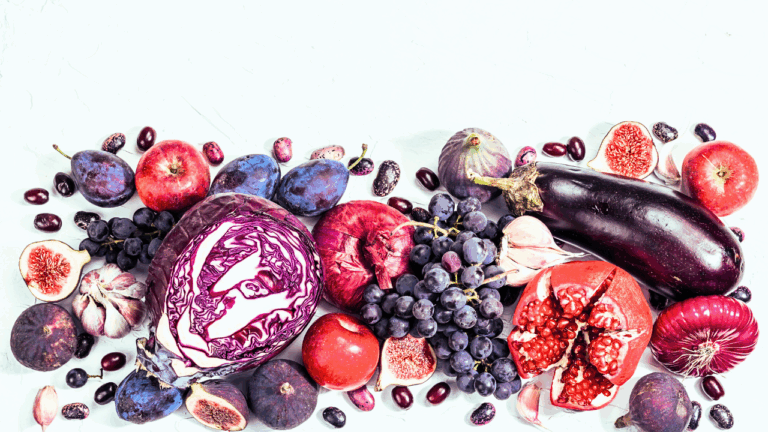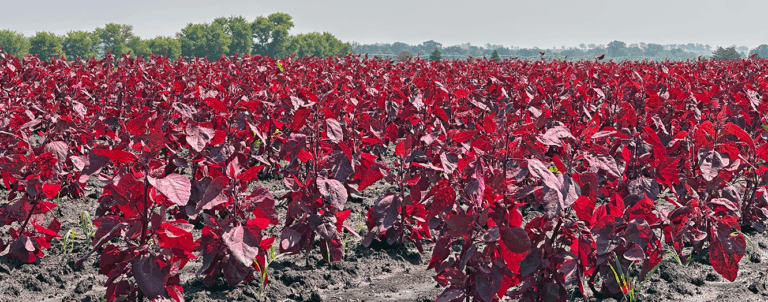Astaxanthin Across the Red Spectrum of Nutrition Science
From Whole Algae to Clinical Insight
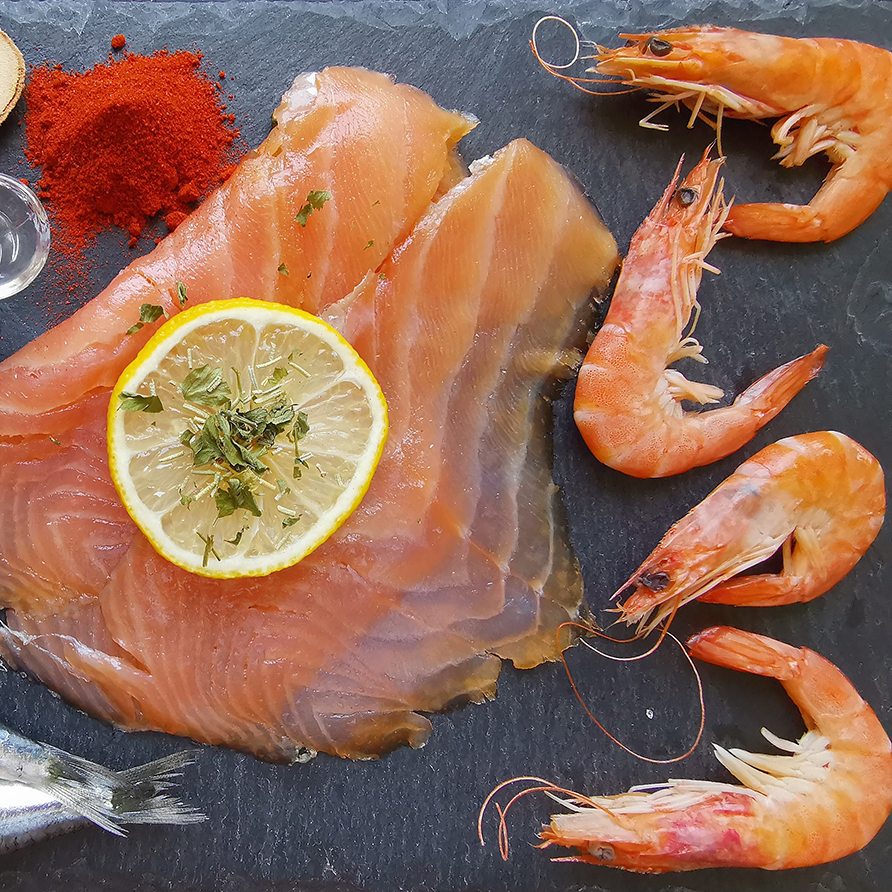
What is Astaxanthin
It is the pink hue of shrimp, the rosy blush of flamingos, the vivid red of lobster, and even the fiery glow of rare flowers like the Adonis. Astaxanthin is a pigment with a purpose—a xanthophyll carotenoid that protects and enables organisms to withstand environmental challenges.
Consider wild salmon. As they push upstream in one of nature’s greatest endurance feats, astaxanthin helps protect their muscles, preserves fragile omega-3 fatty acids, and shields them from oxidative stress¹. Research in both humans and animals suggests that consuming these pigments may offer similar protective benefits.

This resilience, woven into the biology of salmon and shellfish, helps explain why these foods hold a prominent place in longevity diets. From Nordic traditions to Japanese coastal cuisine, they remain staples in populations known for a robust healthspan. Their peachy red shades are more than just appealing color. They are a signal of astaxanthin, a lipid soluble antioxidant with unique clinical significance.
When Green Algae Turns Red
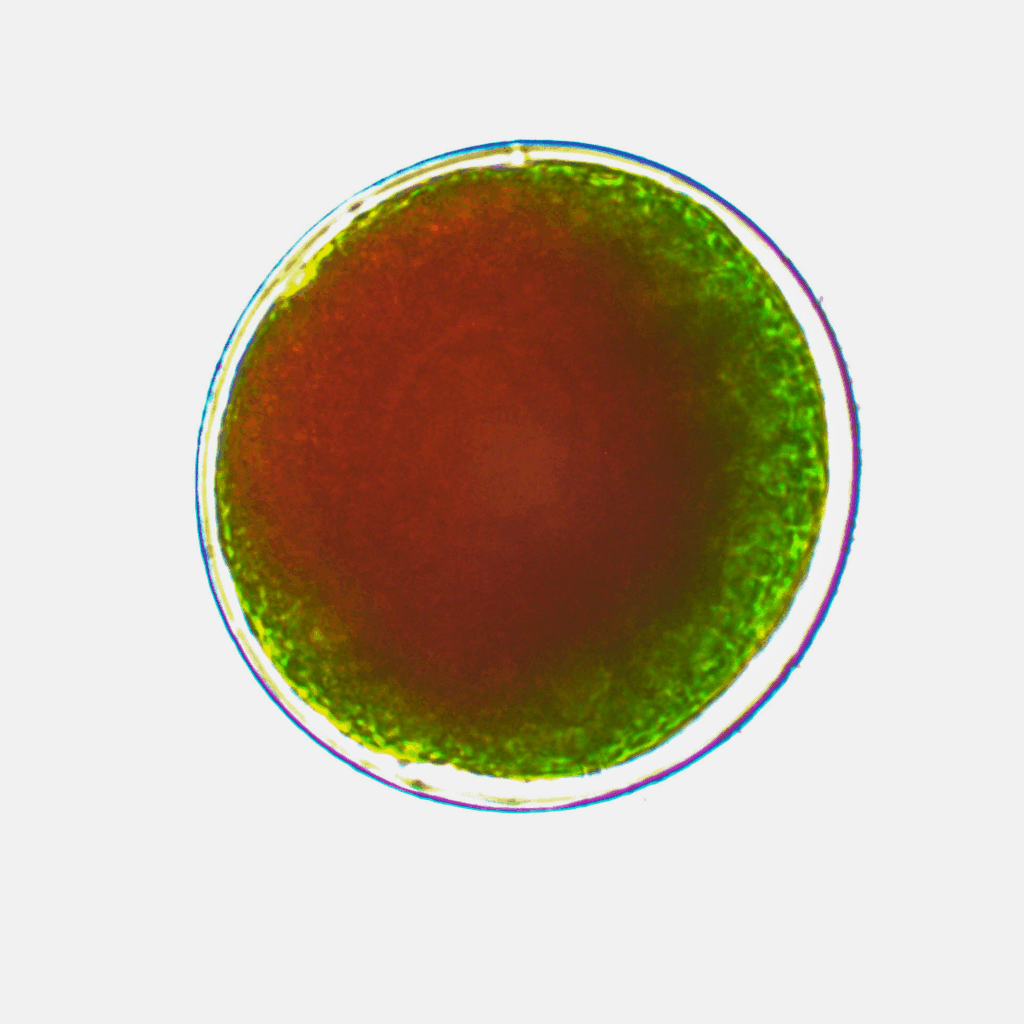
At the heart of the astaxanthin story is a tiny freshwater green alga called Haematococcus pluvialis. Under ordinary conditions, this alga appears green, rich in chlorophyll, and active in photosynthesis. When exposed to stress such as intense sunlight, nutrient scarcity, or drying, the cells undergo a dramatic transformation. They shift into a dormant red cyst stage, concentrating extraordinary amounts of astaxanthin as a protective shield².
In this state, astaxanthin is stored within a dense lipid and nutrient matrix that helps stabilize the carotenoid and preserve the algae through long periods of stress. This survival strategy protects the cells from oxidative damage and allows them to endure harsh environments for months, or even years, while waiting for favorable conditions to return. The whole algal biomass in this form is recognized as nature’s most concentrated source of astaxanthin³.
An Antioxidant Built for the Bilayer
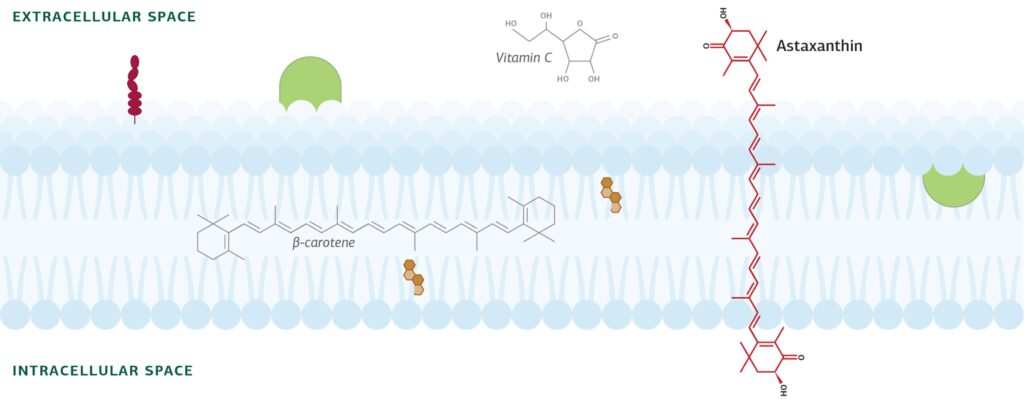
Nature has uniquely equipped astaxanthin for the cellular landscape. Its molecule easily embeds in membranes and spans the lipid bilayer, with one end oriented toward the cell’s exterior, the other toward the aqueous interior, and its backbone anchored through the lipid middle⁴. From this bridge-like position, astaxanthin can neutralize free radicals in both the lipid core and the surrounding aqueous environments, protecting membranes where damage is most likely to occur.
This protection is remarkably potent. Research shows astaxanthin can be up to 100 times more effective than vitamin E at preventing lipid peroxidation, a chain reaction that weakens and breaks down membranes⁵. By helping maintain the integrity of both cellular and mitochondrial membranes, astaxanthin supports energy production, metabolic balance, and resilience under stress, with benefits that extend from the microscopic world of membranes to whole-body health.
Radiance from the Inside Out
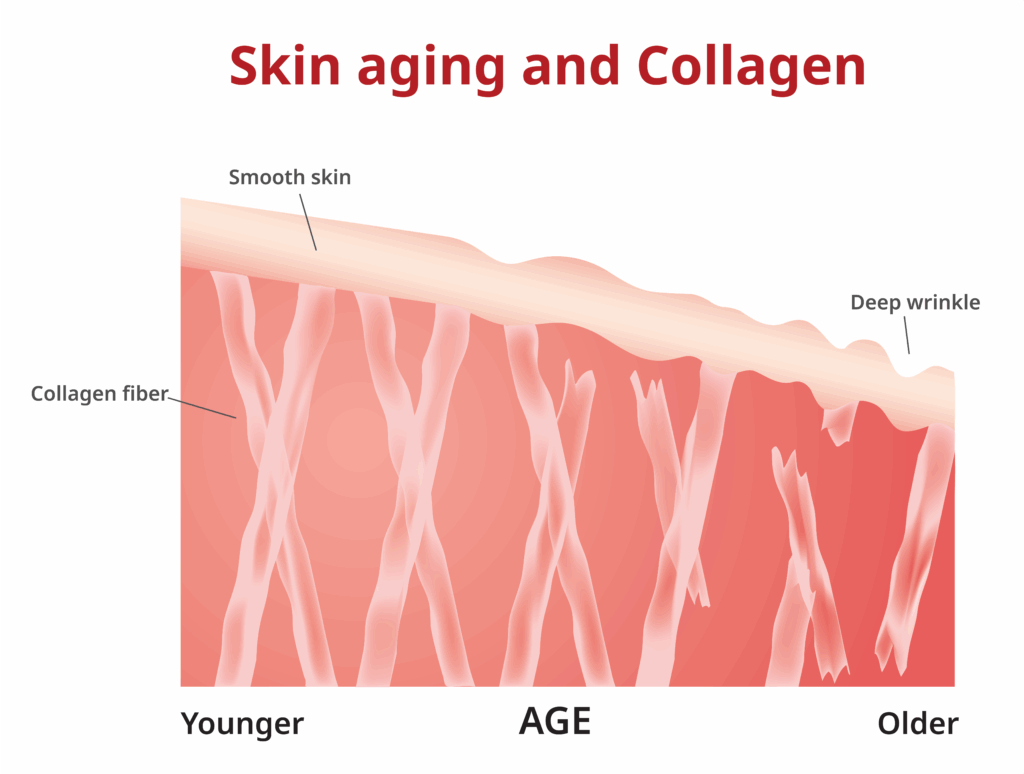
Just as the membranes that shield our cells are vulnerable to oxidative stress, the skin barrier faces its own daily battles. UV exposure is the primary driver of photoaging, thought to account for nearly 80 percent of visible age-related skin changes⁶. Urban pollution and internal oxidative imbalance add to this burden, breaking down collagen, depleting moisture, and accelerating visible changes in tone and texture⁷.
A comprehensive review highlights how these processes converge: damage to the extracellular matrix, activation of collagen-degrading enzymes, inflammation, and oxidative stress all combine to drive the visible signs of aging and skin fragility⁸
Against this backdrop, astaxanthin has been studied for its potential to slow visible wear. Early studies show it may act like a shield for the skin’s scaffolding by slowing enzymes that break down collagen, reducing oxidative stress, and easing inflammation, while also helping defend against UV-induced immunosuppression⁸. Early clinical trials, though still modest in size, indicate that daily supplementation may reduce UV-induced damage and support visible measures such as elasticity, moisture, and wrinkle depth9,10.
Emerging research places astaxanthin within the growing trend of nutrients that work from the inside out to help maintain the skin’s structure and natural glow.
Optimizing Cardiometabolic Health
Cardiometabolic health sits at a red-light intersection, where blood sugar control, lipid balance, and vascular function all converge. Astaxanthin has been studied across each of these domains, showing potential to support patients at risk of metabolic syndrome and type 2 diabetes.
In a randomized, placebo-controlled trial of adults with type 2 diabetes, patients who took 8 milligrams of astaxanthin daily for eight weeks saw reductions in visceral fat, triglycerides, VLDL cholesterol, and systolic blood pressure. They also showed improvements in fasting glucose and HbA1c, along with enhanced insulin sensitivity11. Together, these outcomes suggest that astaxanthin can positively influence both lipid balance and blood sugar regulation.
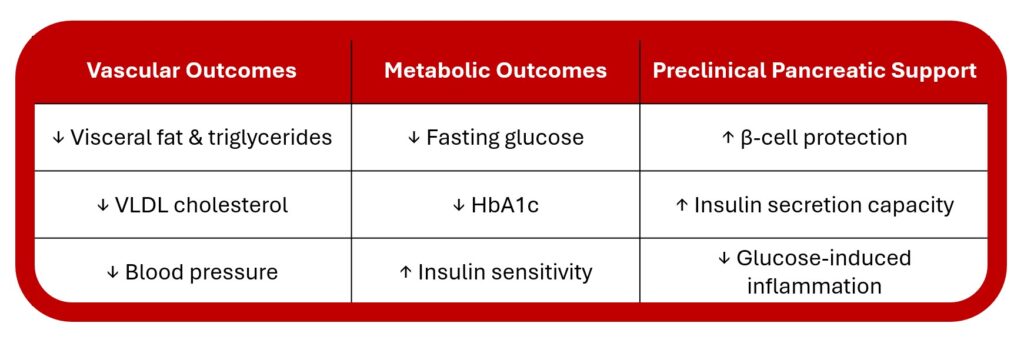
Beyond glucose levels in the bloodstream, research also points to effects within the pancreas itself. Beta cells, which are responsible for insulin production, are gradually impaired by oxidative stress and inflammation. Experimental studies show that astaxanthin helps protect these cells from glucose toxicity, preserving their ability to secrete insulin and slowing disease progression12. At the same time, astaxanthin enhances insulin signaling in tissues by promoting GLUT4 translocation, which allows muscles to take up glucose more efficiently13.
Viewed together, these findings add weight to astaxanthin’s role in cardiometabolic care. At this red-light intersection of metabolic health, astaxanthin helps regulate the traffic of lipids, glucose, and vascular function, offering support at both the systemic and cellular levels.
Red Advantage Over Blue Screen Fatigue
Our eyes reflect both our inner health and our daily habits. Elevated blood sugar, sluggish circulation, and oxidative stress can quietly wear down delicate ocular tissues, making vision one of the first places where cardiometabolic strain shows itself. Layered on top of these internal pressures are the demands of modern life: hours on glowing screens, artificial light that extends the day, and the constant near-focus of digital work. Together, these forces fuel the fatigue many people now recognize as digital eye strain.
Astaxanthin has been studied as a way to ease this burden. In a recent randomized controlled trial, children who took 6 milligrams daily experienced a 27 percent reduction in both acute and chronic digital eye strain compared to placebo14. Other clinical studies using 4 to 12 milligrams per day show that astaxanthin improves ocular blood flow and retinal circulation, strengthening the tiny ciliary muscles that adjust our focus and often tire with extended screen use15.
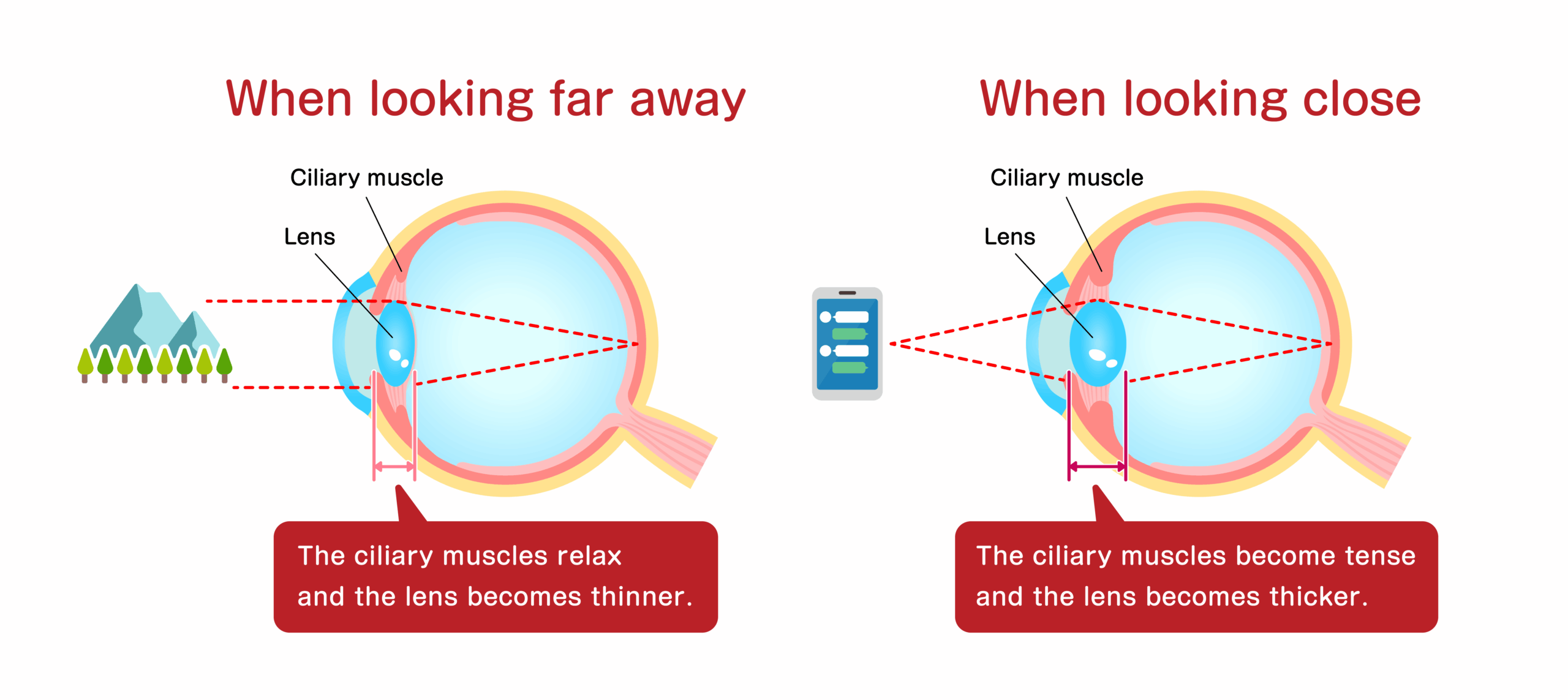
By improving the endurance and recovery of these muscles, astaxanthin helps reduce visual fatigue while sharpening acuity. These benefits matter not only during long hours on devices but also in active lifestyles, where clearer vision and quicker focus can provide a real advantage on the court.
Brushstrokes in Fitness Nutrition
Exercise builds energy and strength, but it also generates free radicals that can slow recovery and chip away at performance over time. Astaxanthin has been studied as a way to tip the balance back toward endurance and faster recovery.
In a clinical trial of older adults, eight weeks of supplementation improved both strength and aerobic capacity. Participants walked farther in six minutes, climbed inclines more than 50 percent longer, and recovered more quickly between intervals. These were clear signs of more efficient energy metabolism and mitochondrial support16.
Similar benefits appear in other groups. A 2023 study in overweight adults found that 12 milligrams of astaxanthin daily for four weeks produced impressive results. Supplementation led to significant improvements not only in endurance but also in muscle strength, muscle size, and muscle quality, which are key markers for sarcopenia prevention and healthy aging¹⁷.
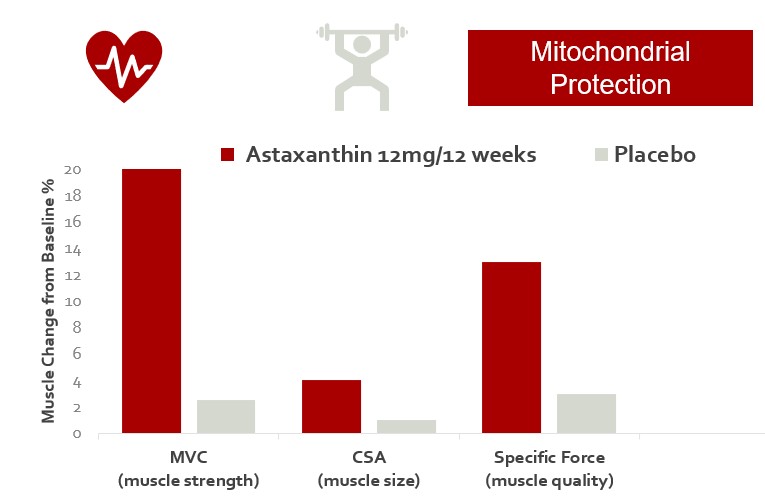
Just as striking, the study showed a shift in metabolism toward greater fat oxidation and reduced reliance on carbohydrates during exercise. This kind of metabolic flexibility is valuable for anyone starting a fitness routine and just as relevant for seasoned athletes. In competitive cyclists, as little as 4 milligrams per day for four weeks boosted average power output by 15 percent and cut nearly two minutes from a 20-kilometer time trial¹⁸.
One smaller but notable study stands out because it used astaxanthin in its whole algal biomass form. Over six months, young men taking a daily dose equivalent to 4 milligrams of astaxanthin from Haematococcus pluvialis performed three times as many squats as those on placebo19. This was a striking demonstration that the whole-food form of astaxanthin can directly translate into measurable gains in muscle performance.
These findings, viewed together, add a bold red brushstroke to the picture of fitness nutrition. Astaxanthin consistently supports stamina, strength, and recovery. From rehabilitation and first steps into exercise to the pursuit of peak performance, it offers a nutritional edge for muscles in motion.
The Whole Red Food Advantage
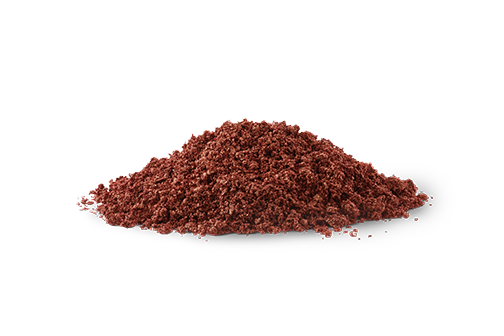
In Haematococcus pluvialis, astaxanthin is carried within a rich nutritional context that includes lipids, proteins, polyunsaturated fatty acids, amino acids, and a spectrum of other phytonutrients20. Together, these compounds create a remarkable survival matrix. This nutrient-dense system has been shown to deliver measurable benefits, including improvements in strength endurance.
Astaxanthin in whole algal form is not simply a single compound but part of a coordinated network of nutrients shaped by nature. This food-based context may be the most meaningful way to bring its benefits into human health.
Clinical Takeaway: Synergy on the Red Carpet of Nutrition Strategy
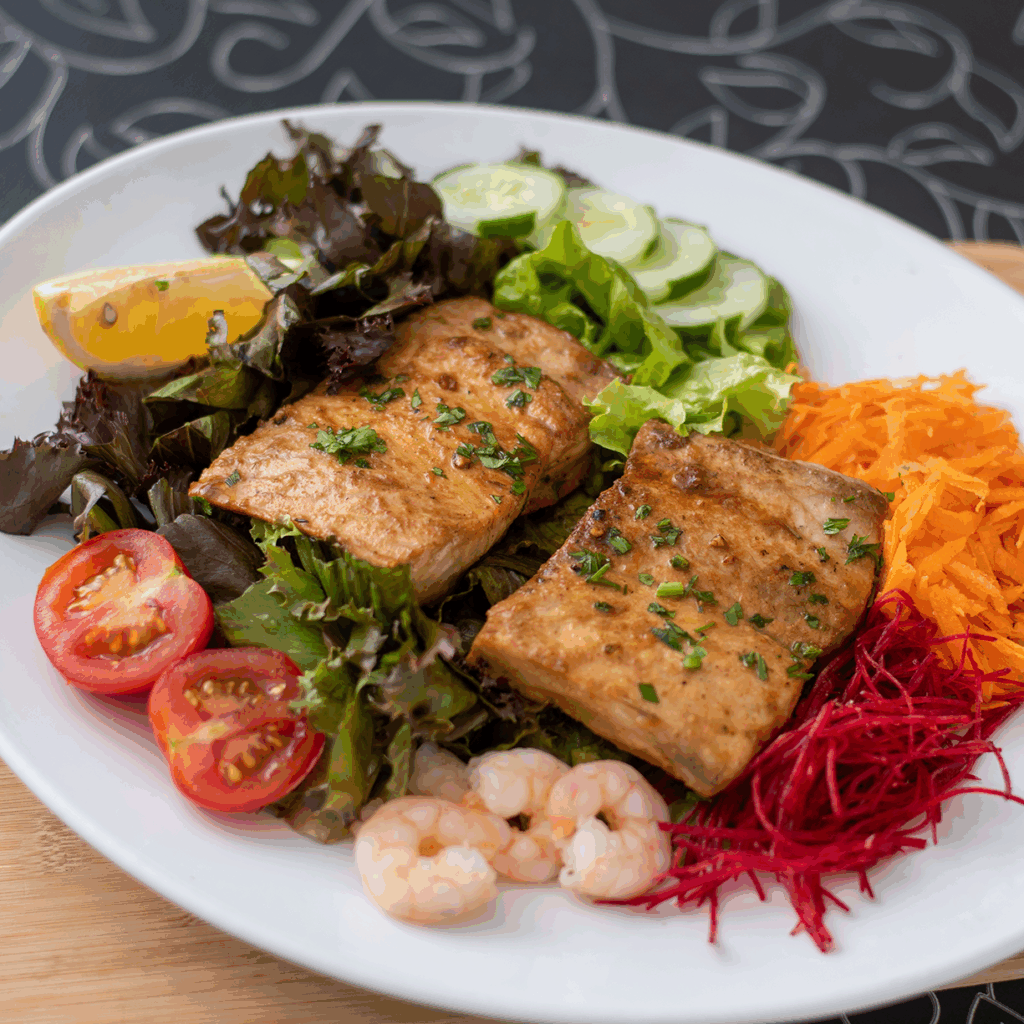
Astaxanthin makes the most sense not as a solo act but as part of a bigger red food story. Across nature, red pigments act as survival tools, protecting plants, algae, and fruits under stress. When we eat them, those same phytonutrients extend protective benefits to us. Yet more than 90 percent of Americans fall short on intake of red and orange phytonutrients²¹, leaving a wide nutritional gap.
Think of beetroot, with its deep red roots brimming with nitrates and betalains. Or mountain spinach, carrying red leaf pigments along with chromium and electrolytes. Add in everyday staples like strawberries and red bell peppers, and suddenly a full cast of red nutrition takes the stage. Within this ensemble, astaxanthin-rich algae earns its spotlight on the red carpet of nutrition science.
Did you know WholisticMatters is powered by Standard Process? Learn more about Standard Process’ whole food-based nutrition philosophy.
- Waldman H. Astaxanthin supplementation as a potential strategy for enhancing mitochondrial adaptations in the endurance athlete: an invited review. Nutrients. 2024;16(11):1750. doi:10.3390/nu16111750
- Shah MM, Liang Y, Cheng JJ, Daroch M. Astaxanthin-producing green microalga Haematococcus pluvialis: from single cell to high value commercial products. Front Plant Sci. 2016;7:531. doi:10.3389/fpls.2016.00531
- Stachowiak B, Szulc P. Astaxanthin for the food industry. Molecules. 2021;26(9):2666. doi:10.3390/molecules26092666
- Yamashita E. Astaxanthin as a medical food. Funct Foods Health Dis. 2013;3(7):254-258. doi:10.31989/ffhd.v3i7.49
- Yamashita E. Extensive bioactivity of astaxanthin from Haematococcus pluvialis in human. Adv Exp Med Biol. 2021;1261:249-259. doi:10.1007/978-981-15-7360-6_23
- Ng QX, De Deyn MLZQ, Loke W, Foo NX, Chan HW, Yeo WS. Effects of astaxanthin supplementation on skin health: a systematic review of clinical studies. J Diet Suppl. 2021;18(2):169-182. doi:10.1080/19390211.2020.1739187
- Yamashita E. The effects of a dietary supplement containing astaxanthin on skin condition. Carotenoid Sci. 2006;10:91-95.
- Davinelli S, Nielsen ME, Scapagnini G. Astaxanthin in skin health, repair, and disease: a comprehensive review. Nutrients. 2018;10(4):522. doi:10.3390/nu10040522
- Tominaga K, Hongo N, Karato M, Yamashita E. Cosmetic benefits of astaxanthin on human subjects. Acta Biochim Pol. 2012;59(1):43-47.
- Zhou X, Cao Q, Orfila C, Zhao J, Zhang L. Systematic Review and Meta-Analysis on the Effects of Astaxanthin on Human Skin Ageing. Nutrients. 2021 Aug 24;13(9):2917. doi: 10.3390/nu13092917.
- Uchiyama K, Naito Y, Hasegawa G, Nakamura N, Yoshikawa T. Astaxanthin improves glucose metabolism and reduces blood pressure in patients with type 2 diabetes mellitus. Asia Pac J Clin Nutr. 2018;27(3):576-582. doi:10.6133/apjcn.072017.06
- Nishigaki I, Naito Y, Takano H, et al. Astaxanthin protects beta-cells against glucose toxicity in diabetic db/db mice. Redox Rep. 2010;15(5):190-196. doi:10.1179/174329210X12650506623656
- Medoro A, Fusi J, Mura U, et al. Astaxanthin as a metabolic regulator of glucose and lipid homeostasis. Curr Opin Food Sci. 2020;33:59-65. doi:10.1016/j.cofs.2020.01.002
- Hecht KA, Marwah M, Wood V, et al. Astaxanthin (AstaReal®) improved acute and chronic digital eye strain in children: a randomized double-blind placebo-controlled trial. Adv Ther. 2025;42(4):1811-1833. doi:10.1007/s12325-025-03125-7
- Giannaccare G, Pellegrini M, Senni C, Bernabei F, Scorcia V, Cicero AFG. Clinical applications of astaxanthin in the treatment of ocular diseases: emerging insights. Mar Drugs. 2020;18(5):239. doi:10.3390/md18050239
- Liu Y, Zhao Y, Gao L, et al. Astaxanthin supplementation enhances metabolic adaptation with aerobic training in the elderly. Physiol Rep. 2021;9(2):e14756. doi:10.14814/phy2.14756
- Wika AA, Reason KW, Green JM, Killen LG, McAllister MJ, Waldman HS. Astaxanthin Reduces Heart Rate and Carbohydrate Oxidation Rates During Exercise in Overweight Individuals. Int J Exerc Sci. 2023 Feb 1;16(2):252-266. doi: 10.70252/FPGA5839.
- Earnest CP, Lupo M, White KM, et al. Effect of astaxanthin supplementation on cycling time trial performance. Int J Sports Med. 2011;32(11):882-888. doi:10.1055/s-0031-1280779
- Malmsten CL, Lignell Å. Dietary supplementation with astaxanthin-rich algal meal improves strength endurance: a double blind placebo controlled study on male students. Carotenoid Sci. 2008;13:20-22.
- Mularczyk M, Michalak I, Marycz K. Astaxanthin and other nutrients from Haematococcus pluvialis—multifunctional applications. Mar Drugs. 2020;18(9):459. doi:10.3390/md18090459
- US Department of Agriculture, US Department of Health and Human Services. Scientific Report of the 2025 Dietary Guidelines Advisory Committee: Advisory Report to the Secretary of Agriculture and the Secretary of Health and Human Services. Washington, DC: USDA; 2025. Accessed September 23, 2025. Available from: https://www.dietaryguidelines.gov

